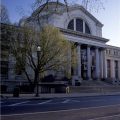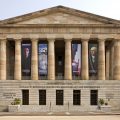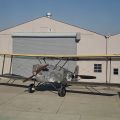Today in Smithsonian History: May 21, 1974
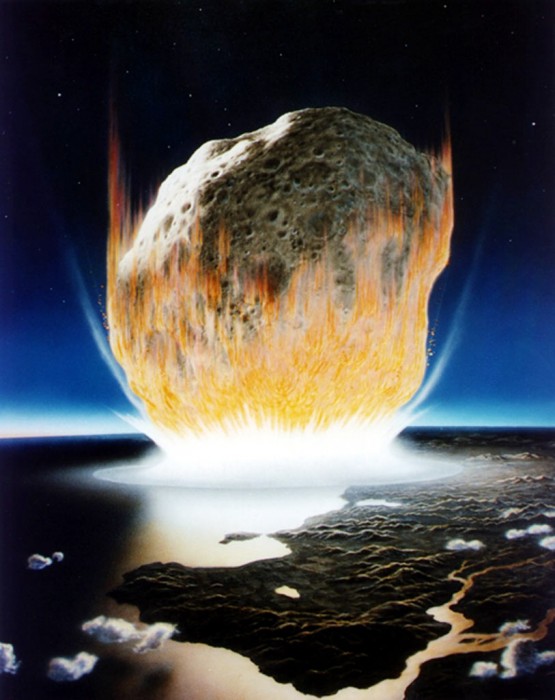
An artist’s rendering of the moment of impact when an enormous meteor struck the Yucatán peninsula at the end of the Cretaceous Period.
Credit: Don Davis, NASA
May 21, 1974 A signing ceremony is held in the Secretary’s Parlor to establish the Edward P. Henderson Meteorite Fund. The fund, named in honor of the benefactor, curator emeritus of the National Museum of Natural History, is the Smithsonian’s first large endowment specifically for the study of meteorites. Henderson came to the Smithsonian in 1929, after 10 years as a United States Geological Survey chemist. He was appointed Curator of Physical and Chemical Geology in the Department of Geology of the then-U.S. National Museum, where he remained until his retirement as Curator of the Division of Meteorites in the Department of Mineral Sciences, in 1965. Henderson is noted for development of the national collections, research techniques, field work and post-war work in Japan for the United States Army.
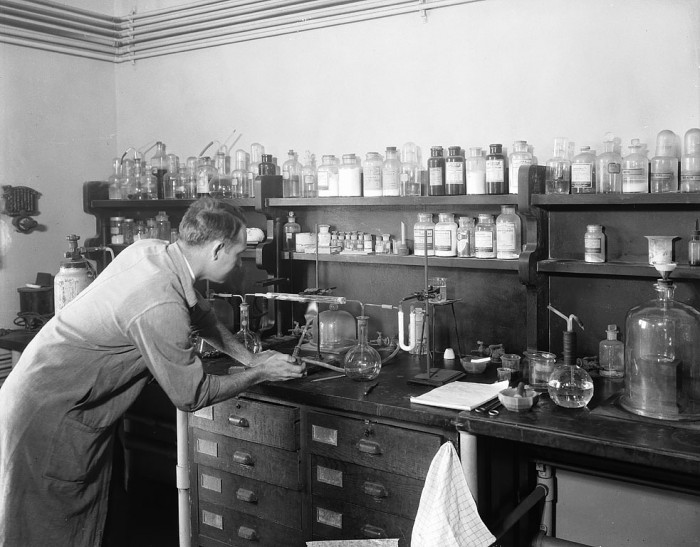
In a corner of the mineralogical laboratory in the Department of Geology at the United States National Museum, Edward Porter Henderson (1898-1992) conducts an experiment on a meteorite. (Photographer unknown, ca. 1930s, via Smithsonian Institution Archives)
Take a tour of the Smithsonian’s meteorite “clean room” where our important national collection of meteorites—a collection that can offer insights into the origins of the stars themselves—is stored under pristine conditions.
Posted: 21 May 2019
- Categories:
